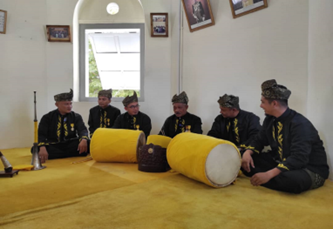ARTS AND CULTURE INFORMATION GATEWAY
Immerse yourself in the colorful world of art and culture! From traditional heritage to contemporary works, discover uniqueness that reflects the nation's identity and identity
NOBAT DALAM ADAT ISTIADAT DIRAJA KEDAH
Picture
1
Video
Available
Today's Visitor
541
Number of Visitors
2077
Introduction and history
Nobat is a branch of Malaysia's traditional musical arts. The states that possess ensembles of these instruments include Kedah, Perak, Terengganu, and Selangor. The Nobat of Kedah is believed to be one of the oldest in the Malay Sultanate. According to Al-Tarikh Salasilah Negeri Kedah, Nobat originated from Persia and was brought to Kedah along with the arrival of Maharaja Derbar Raja.
Nobat consists of three types of musical instruments: semambu (known as mahaguru), nagara (a small drum), and nafiri (a type of oboe). These three royal instruments are played on the 1st, 15th, and 30th of each month, during lunar eclipses, and upon the passing of a king or during special royal occasions.
The Influence of Nobat in the Royal Ceremonies of Kedah
Nobat is believed to test the sovereignty of a Sultan. If the newly appointed Sultan lacks sovereignty, it is believed that he will fall ill. Beyond coronations, Nobat is also played during royal wedding ceremonies, purification rituals, the queen's childbirth, resignation ceremonies, and the passing of a Sultan.
Nobat musicians usually wear special official attire that reflects their status and role in the performance. These outfits often involve traditional garments such as baju kurung or baju teluk belanga/cekak musang, adorned with intricate embroidery, along with shimmering samping or songket fabric. The attire is complemented by accessories like tengkolok (traditional Malay headdress) or songkok, adding a sense of grandeur and dignity to the musicians' appearance.
Musical Instruments
There are six types of musical instruments in the Kedah Royal Nobat:
Serunai
Nafiri
Nahara
Gendang Ibu
Gendang Anak
Gong
Another significant item is the mahaguru, also known as semambu. This is a staff made from a piece of semambu rattan and serves as a symbol of the King's authority. Measuring 1.77 meters in length, it is wrapped in yellow cloth and held by the Penghulu Nobat (chief of the Nobat ensemble) facing his group during performances. These instruments are played by musicians selected exclusively from a specific lineage, known as orang kalur, who perform songs inherited through generations.
Nobat Songs
Three Nobat songs are played during coronation ceremonies:
Raja Berangkat
(Played when Their Majesties, the King and Queen, enter or leave the Balairong Seri [throne room]).
Menjunjung Duli
(Played when the royal regalia is brought into the Balairong Seri).
Raja Bertabal
(Played after the King takes the Royal Oath).
Other songs are played in the morning and evening outside of official royal or government events, such as Nobat Subuh, Nobat Khamis, and Nobat Raja. The song Puteri Mandi Mayang is performed to welcome Ramadan on the evenings of the 28th, 29th, and 30th of Syaaban. Inherited songs include Raja Burung, Belayar, and Mala Wala.
As the performance is considered sacred and surrounded by taboos, Nobat players are often regarded as intermediaries for making vows or seeking assistance. They also occasionally serve as healers or shamans.
The vow ritual is performed on Fridays and involves offerings of turmeric rice and chicken. A small amount of turmeric rice is smeared on all the Nobat instruments as if feeding them. However, this practice is no longer observed as it contradicts religious beliefs.
Taboos of Nobat
Nobat is bound by strict taboos that must be followed by both players and the public:
The instruments must not be mocked, and their arrangement must remain unchanged. For example, the nagara drum must face east (towards the sunrise).
Non-players are prohibited from touching or handling the instruments.
During performances, players must follow designated paths to the instruments and then sit.
No one is allowed to view the underside of the nagara drum, believed to be made from the skin of a pregnant woman. Breaking these rules is said to bring calamity.
The Nobat instruments cannot be played for ordinary festivities or celebrations without the King's permission. Additionally, Nobat players are forbidden from teaching all the songs to their successors. This restriction has contributed to the gradual loss of Nobat songs with each generation.
-
Reference Source
Bahan Bacaan
Ooi, K. G. (2012). Warisan Wilayah Utara Semenanjung Malaysia (Penerbit USM). Malaysia: Penerbit USM.
Buletin JMA.. (n.d.). Malaysia: Jabatan Muzium dan Antikuiti,..
Matusky, P., Beng, T. S. (2017). The Music of Malaysia: The Classical, Folk and Syncretic Traditions. United Kingdom: Taylor & Francis.
Utara Semenanjung Malaysia: Esei-Esei Warisan (Penerbit USM). (2012). Malaysia: Penerbit USM.
Location
State JKKN Contact Information
Encik Mohammad Salleh bin Mahmud
Cultural Officer
Jabatan Kebudayaan dan Kesenian Negara, Kedah
Kompleks JKKN Kedah
Lot PTD 400, Pumpong
05250 Alor Setar
KEDAH DARUL AMAN
011-10899646
Use the form below to contact the Informant/Figure/Editor/Researcher directly. We will respond to your inquiry as soon as possible!

 No 26, Jalan Ros, Felda Bukit Batu, 81020, Kulai, Johor
No 26, Jalan Ros, Felda Bukit Batu, 81020, Kulai, Johor





